Is Nothing Sacred? Notes from the International Association for the History of Religions
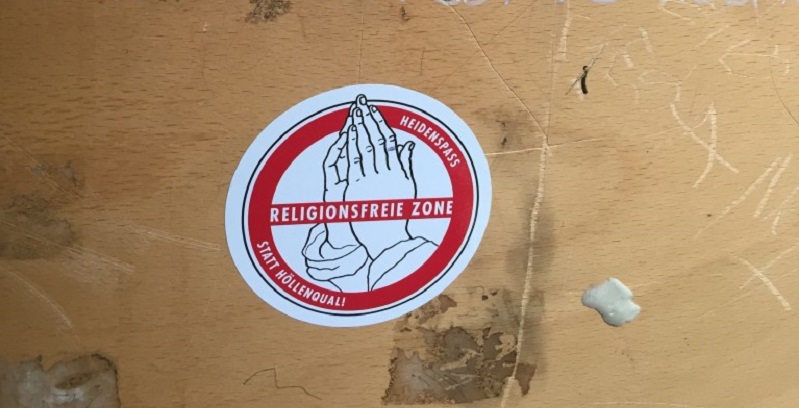
Brian Pennington A rare convergence of scholars of religion occurred recently: the World Congress of the International Association for the History of Religion (IAHR), which convenes only once every five years, took place in Erfurt, Germany, in August. This brainy and multilingual affair brought 1500 scholars from six continents together to present their research and confer on collaborative projects.
The Sacred and the Secular in the Vatican Museum
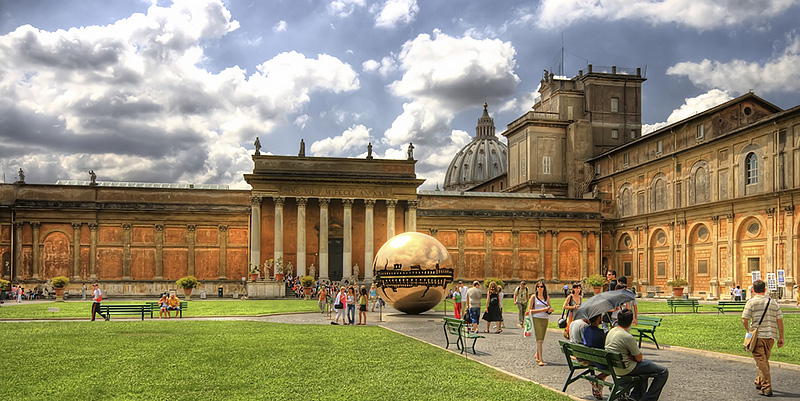
Louis A. Ruprecht Jr. There is more than one way to look at religion, and more than one place in which to find sacred energies alive and well today. These are neither surprising nor controversial contentions for readers of Sacred Matters. The central idea here is that the traditional notion of modern “secularization” does not capture the realities of the ever-shifting religious landscape in the contemporary United States (and in much of the modern world, for that matter).
There Be Monsters: A Warning
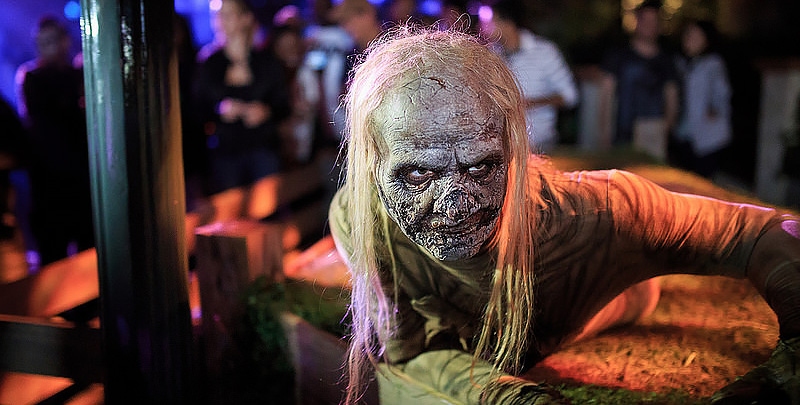
Kelly J. Baker I decided to begin a project on zombie apocalypses, in part because of The Walking Dead’s popularity but also because of burgeoning amount of zombie media, the books, films, products, television shows, memes, and apps that center on zombies. My decision also hinged on the uncritical embrace of zombies by fans, critics, friends, relatives, and my students.
Jewish Umpires and Baseball Chapel
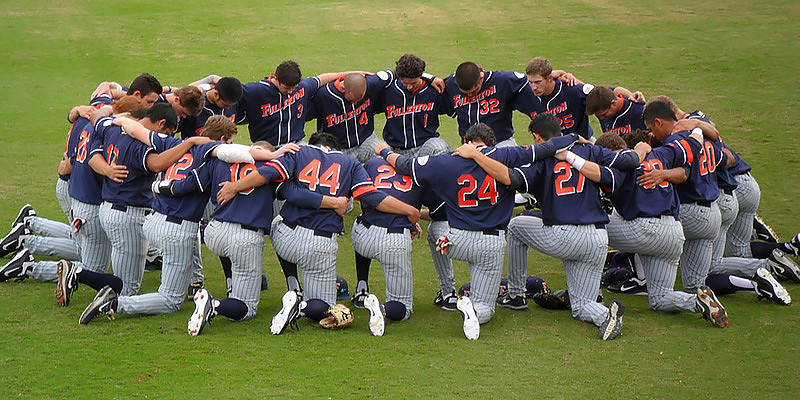
Rebecca T. Alpert On February 2, 2008, Murray Chass, a New York Times sports columnist, wrote an essay entitled, “Should a Clubhouse Be a Chapel?” He was writing in response to a phone call he received from Josh Miller, a minor league umpire who had recently been released by Major League Baseball. Baseball rules require that umpires who are not likely to be promoted to the majors serve no more than three years in AAA ball. While Miller was disappointed, he finally felt free to contact the press about a situation that had disturbed him deeply.
Graceland Graffiti: Elvis Fans as Place-Makers and Memory Agents
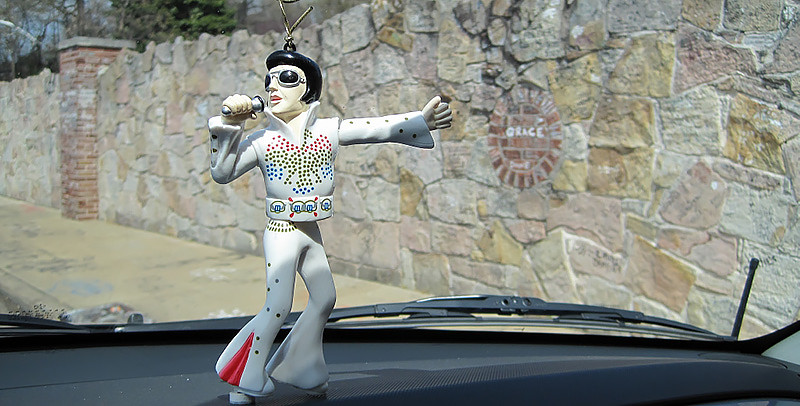
Derek H. Alderman, Hannah Gunderman and Donna G’Segner Alderman
In describing Elvis Presley in Wilson and Ferris’ 1989 Encyclopedia of Southern Culture, Stephen Tucker wrote: “Presley is probably the most famous Southerner of the 20th century.” Elvis occupies third place on John Sheldon Reed’s list of the twenty most influential Southerners of the past century, eclipsed by only Martin Luther King, Jr. and William Faulkner.
The Top Five Reasons to Study Religion

Gary Laderman It’s not easy being chair of a religion department. August is an especially cruel month as we close out one academic year and start up a new one, and begin again to struggle with an increasingly vital challenge: recruiting and keeping more majors. I’ve been teaching at Emory University for over 20 years, and every August I begin to obsess about a question. . . that’s at the center of my intellectual passion and personal livelihood: how do you convince people to study religion?
“Islam” is Not a Person
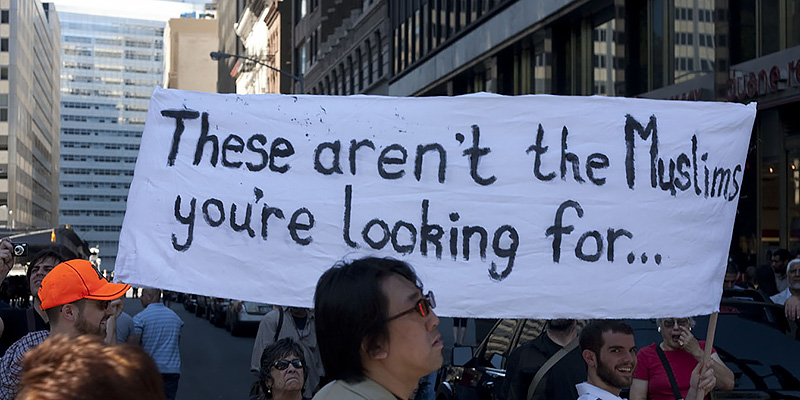
Hussein Rashid There is an idea of “Islam,” as a signifier of something foreign and threatening, that continues to plague American discussion of the religion. It is part of the shooting in Chattanooga, and it part of the debate around the Iran nuclear deal. This view of Islam has been part of how America has defined itself since the founding of the country.
A Moment of Zen: Reflecting on Jon Stewart as a Sacred Figure in the American Television Landscape

David Feltmate August 6 is coming. Jon Stewart is leaving The Daily Show. We now know the hour and the day of the reckoning and I do not envy Trevor Noah. He has taken on the most thankless job in American mass media, replacing the much beloved Stewart and trying to endear himself to an audience that has built itself around a charismatic comedic character.
Friends of the Devil?: Deadheads, Religion and Spirituality
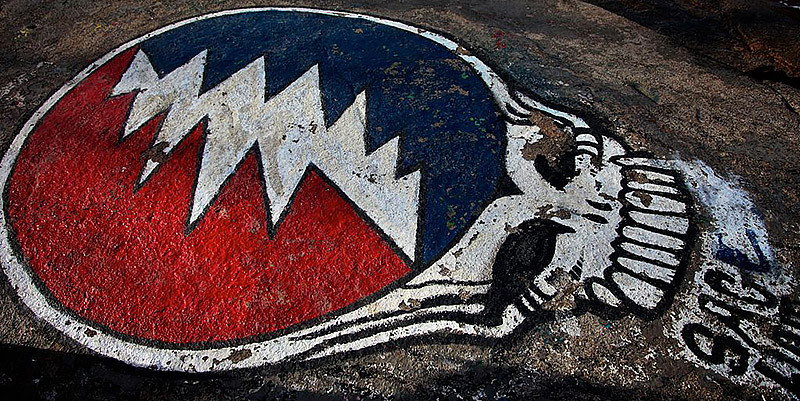
Scott Muir In a recent Sacred Matters post, Gary Laderman suggested that the recent widespread celebration of the Grateful Dead represents both a plentiful harvest of the seeds sown in the countercultural upheaval of the 1960s and a harbinger of the future of religious life in a country increasingly disaffiliated from major religious traditions. Earlier this month, I surveyed 147 Deadheads.
What Pixar’s “Inside Out” Teaches Us About Suffering
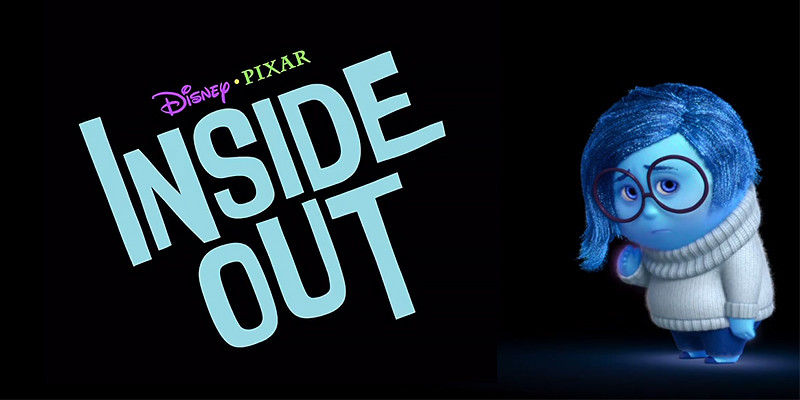
Jonathan Orbell When my wife suggested we go out and see Pixar’s newly released Inside Out, I agreed, albeit reluctantly. “I’ll be asleep within 20 minutes,” I thought. Suffice it to say, I’m not really a “kids movie” kind of guy; more of an “old soul.” I was in for one hell of a surprise. Inside Out consists of two parallel storylines. The first, occurring in the “real” world, tells the story of Riley (Kaitlyn Dias), an 11-year-old Minnesotan girl whose family moves out to San Francisco.
